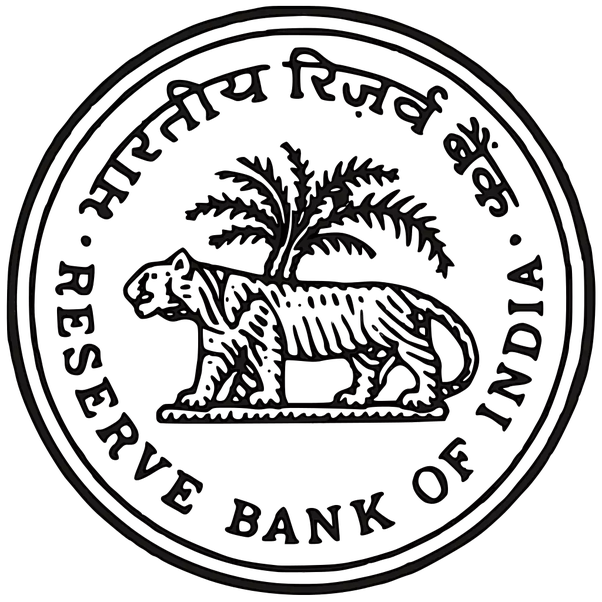Today, the Reserve Bank of India (RBI) released its Report titled “Finances of Panchayati Raj Institutions”. Drawing upon data on 2.58 lakh Panchayats for the years 2020-21 to 2022-23, it presents an assessment of their finances and their role in India’s socio-economic development.
Highlights:
- Panchayats’ own sources of revenue are limited, mainly property taxes, fees, and fines – around 95 per cent of their revenues take the form of grants from higher levels of government, restricting their spending ability that is already hampered by delays in the constitution of State Finance Commissions.
- There are sharp inter-state variations in the devolution of powers and functions to Panchayats, with states having higher devolution levels exhibiting better outcomes in health, education, infrastructure development and, in recent years, water supply and sanitation.
- An assessment of the fiscal health of Panchayati Raj Institutions (PRIs) is challenging due to the uneven availability of data on their revenues and expenditures, driving home the point that the provision of these data in standardised formats would enhance fiscal transparency and accountability and also contribute to their empowerment.
This report has been prepared in the Division of Local Finances in the Department of Economic and Policy Research. It is available on the Reserve Bank’s website (www.rbi.org.in). Comments and suggestions on the Report may be sent to the Director, Division of Local Finances, Department of Economic and Policy Research, Reserve Bank of India, M. M. Marg, Mumbai Central, Mumbai – 400 008. Comments can also be forwarded via e-mail.
Read More on RBI

